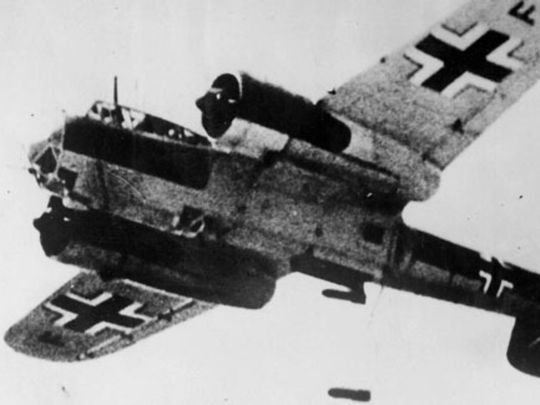#Junkers Ju 88S
Text

Junkers Ju 88A-4 twin rear 7.92 mm MG 81 machine guns, gunner is visible, 1942, location unknown. For more, see my Facebook group - Eagles Of The Reich
35 notes
·
View notes
Photo
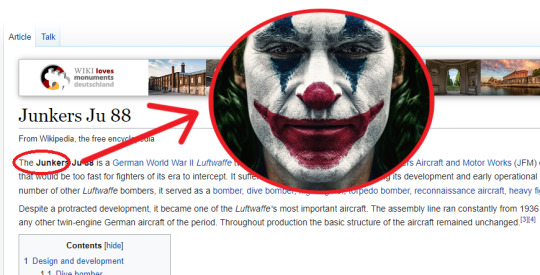
#meme#shitpost#joker#the joker#junkers#junkers ju 88#plane#wikipedia#i know this meme format is probably dead by now#but it just hit me#gang weed#epic#gaming#victory royale
8 notes
·
View notes
Text
80 anni fa, a Bari si verifica il più grande disastro chimico del secondo conflitto mondiale
La città di Bari era stata occupata dalle forze britanniche l’11 settembre 1943 durante la campagna d’Italia iniziata con l’invasione della Sicilia del 10 luglio dello stesso anno. Dopo lo sbarco sul continente, il porto della città diventa di fondamentale importanza per gli eserciti alleati che risalgono la penisola. Esso è il nodo principale dell’organizzazione logistica dell’VIII armata…
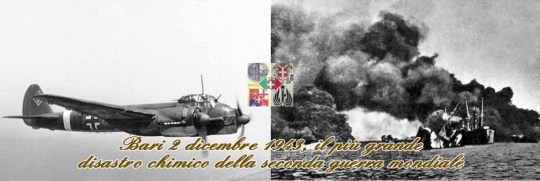
View On WordPress
1 note
·
View note
Text
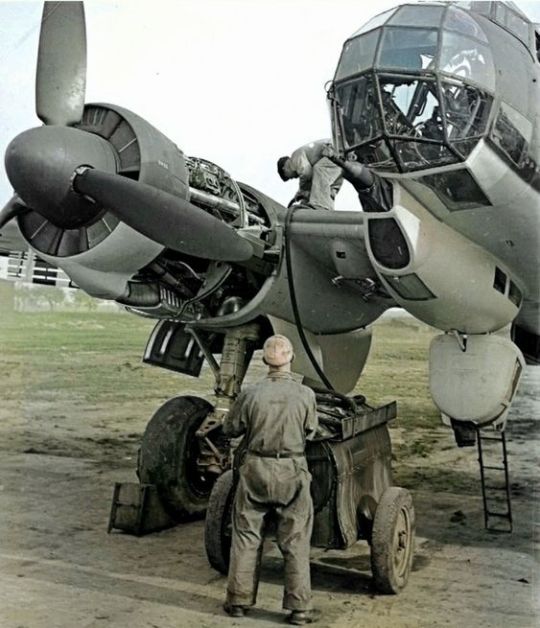
Ground crew refuel Junkers Ju-88
125 notes
·
View notes
Text

Still from gun-camera footage showing cannon fire from 25 yards range striking the port engine and wing root of a Junkers Ju 88, intercepted over the Bay of Biscay by a De Havilland Mosquito NF Mark II.
24 notes
·
View notes
Photo

Heinkel He 111
The Heinkel He 111 was a medium two-engined bomber plane used by the German Air Force (Luftwaffe) during the Second World War (1939-45). Heinkel He 111s contributed significantly to such campaigns as the Battle of France, the Battle of Britain, and the London Blitz, but were increasingly replaced from 1941 by the more modern and faster Junkers Ju 88.
Early Designs
The He 111 was first imagined as a civil airliner for Lufthansa, but when the Nazis came to power in Germany in 1933, production turned more openly towards machines of war. The Treaty of Versailles after the First World War (1914-18) had strictly forbidden Germany from possessing a military air force, but the German leader Adolf Hitler (1889-1945) went ahead and formed several secret squadrons anyway. Another way around the restriction was to build civilian craft that could easily be converted into bombers; the He 111 fell into this latter category.
Designed by Siegfried and Walter Günter and based on their earlier He 70 model, the He 111 bomber was manufactured by Heinkel, an aviation company founded and run by Ernest Heinkel (1888-1958). Heinkel had extensive experience with military aircraft, having built planes for the German Navy and the Austro-Hungarian army in the First World War. After much debate between the German high command and Hitler, the Luftwaffe bomber command (Kampfwaffe) was obliged to adopt the position that bombers should primarily be used strategically to assist ground troops. This meant that unlike, say, the British Royal Air Force, the Luftwaffe concentrated not on heavy bombers but building squadrons of more versatile medium bombers. The He 111 was the result of this thinking, that is, an aircraft with multiple tactical uses, but one not capable of carrying very heavy bomb loads that could deliver a significant blow to ground targets. The He 111 was hampered, too, by its short range as the theatre of war expanded and Germany sought to bomb Britain.
The first He 111 prototype model was flown in February 1935 at the Heinkel works at Rostock-Marienehe (now Rostock). Design tweaks included shortening the wings and improving stability. At this stage, the aircraft were powered by BMW engines. By 1936, Lufthansa was flying a number of He 111s as airliners and transport planes. The aircraft achieved the title of 'the world's fastest passenger plane' when a top speed of 250 mph (402 km/h) was recorded.
Meanwhile, military versions were being built, which had a slightly longer nose and machine-gun armaments. The bomber version was not powerful enough for requirements, though, and the BMW engines were replaced with Daimler-Benz engines (later models replaced these again, this time with Junkers Jumos). By 1937, and thanks to a large ministerial order, Heinkel built a dedicated factory for He 111s at Oranienburg close to Berlin. Further developments followed such as increasing the fuel capacity and making the tanks self-sealing, increasing the armour protection, making a straighter wing so that factory production was more efficient, moving the forward gunner a little to the side to give the pilot better visibility, and giving more transparency to the cockpit area and nose section, a distinctive feature of the He 111.
Heinkel He 111s were first used in action by German forces participating in the Spanish Civil War (1936-9) in the Legion Condor units and then throughout the Second World War by the Luftwaffe. Other air forces which used He 111s included the Chinese, Hungarian, Romanian, Slovakian, Spanish, and Turkish.
Continue reading...
24 notes
·
View notes
Text

Pilots of No. 303 Polish Fighter Squadron gathering around the inscribed tail-fin of their 178th victim, a Junkers Ju 88, at RAF Kirton-in-Lindsey in Lincolnshire, 1942. © IWM MH 13763
@WW2airfields via X
18 notes
·
View notes
Text
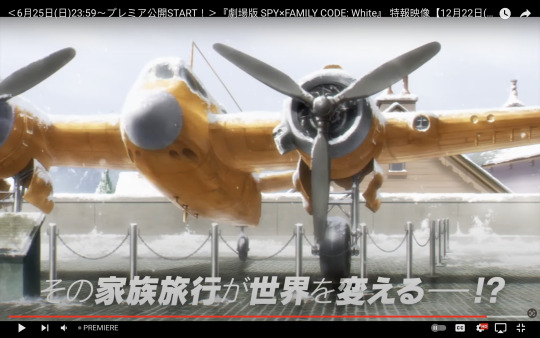
someone said it’s a Junkers Ju 88. According to Wikipedia:
“it served as a bomber, dive bomber, night fighter, torpedo bomber, reconnaissance aircraft, heavy fighter and at the end of the war, as a flying bomb”
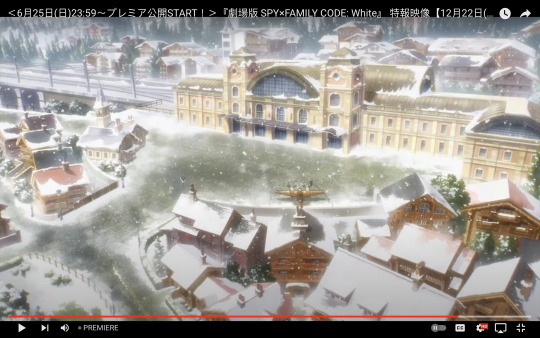
I’m not going to lie - it does look a bit like the train station in Frankfert. But also Endo likes pretty buildings so there’s a chance they just found a pretty building and drew it.

At first I thought it was a Madeleine cake, but @juuyeah told me that it’s a truffle chocolate. I’d say it probably would be more of a truffle chocolate judging from the size, but both would be excellent food to hide some sort of top secret.
20 notes
·
View notes
Text
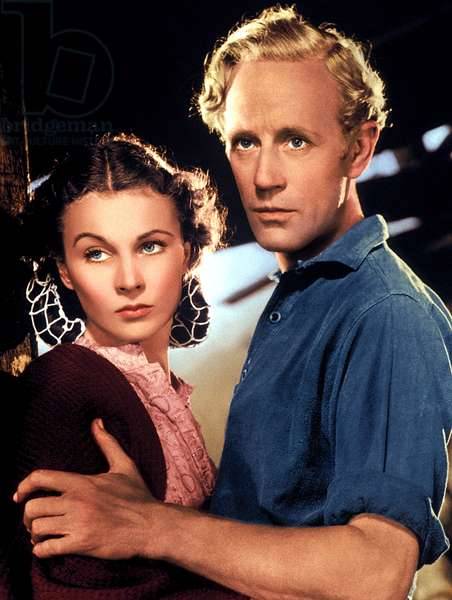
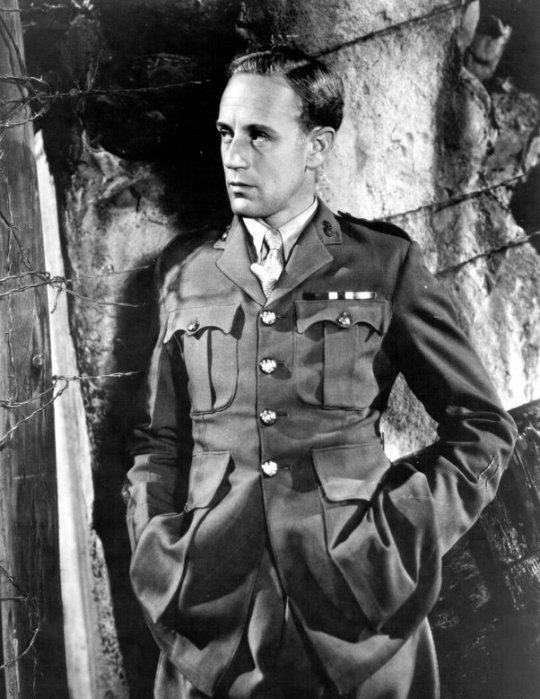
1939 was a year that would go down in history for a number of reasons. It was, of course, the year when Hitler would begin World War II by invading Poland. It also happened to be the year when Gone With the Wind would take the cinematic world by storm. Leslie Steiner, a Jewish man of Hungarian descent, born in London, would play a significant role in both events. You see, we know him better as Leslie Howard, the actor to whom Scarlett crooned, “Ashley, Ashley…” He was already a veteran of stage and screen and a heartthrob, but Gone With the Wind catapulted him to mega stardom.
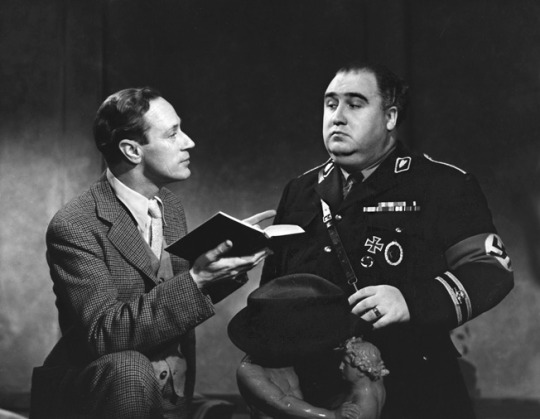
Leslie Howard walked away from it all in 1940, buying out his contract and forfeiting royalties in favor of writing and producing anti-Nazi propaganda films for the British government. This move earned him the enmity of the Nazi leadership in general, but especially that of Joseph Goebbels, the German propaganda minister. On June 1, 1943, Leslie Howard was one of 17 people aboard Flight 777, a civilian aircraft flying from neutral Portugal to Bristol. By mutual agreement, such civilian planes flew safely back and forth with great frequency. On that day, however, six Junkers Ju 88 fighters attacked the defenseless Douglas DC-3, causing it to crash in the Bay of Biscay and killing all aboard.
All of Britain was shocked, but not so the Nazis. Many historians believe it was Minister Goebbels himself who ordered the attack and delighted in the death of his nemesis. Leslie Howard died at age 50, a superstar, but one whose greatest role was not on the silver screen but in the theatre of life.
#WWII#English Jewry#This was shared by the page of a woman who draws portraits of children who died in the Holocaust#Beautiful and affecting work
65 notes
·
View notes
Photo
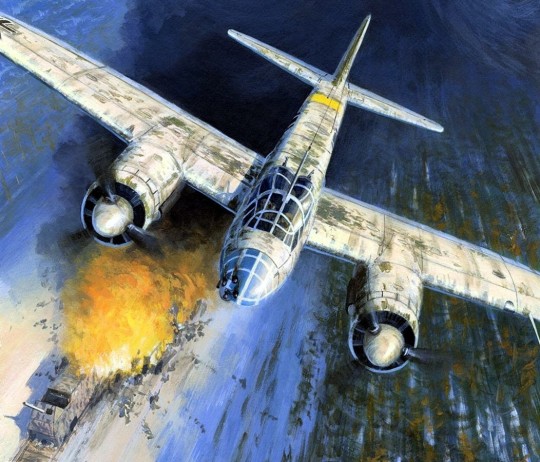
1942 12 Junkers Ju 88 - Mark Postlethwaite
Junkers Ju 88 C-6 of 4/KG76 attacking a Soviet armoured train in late 1942. Because the C-6 was a heavy fighter with a solid nose full of guns, the crews decided to paint windows on the nose to make it look more like the standard bomber variant.
27 notes
·
View notes
Text

Junkers Ju 88 (7A+EM) of 1./Aufklärungsgruppe (Reconnaissance Group) 121 showing damage from Russian fighter fire. Also visible is the rudder damage caused by a so-called Rammstoss or deliberate ramming - the rudder clearly shows the wing profile of the Russian machine that hit it. Sestschinskaja, Russia, August 1943. For more, see my Facebook group - Eagles Of The Reich
10 notes
·
View notes
Photo
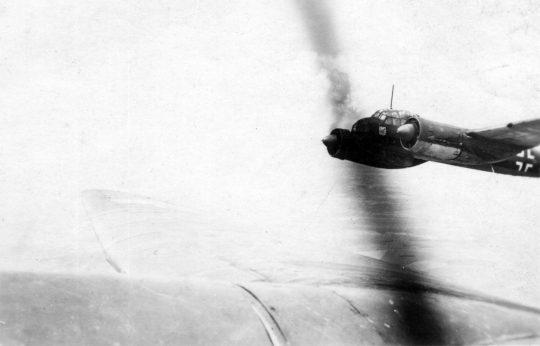
Junkers Ju.88 German bomber in flight, photographed from another aircraft
17 notes
·
View notes
Text
1943-BOAC Flight 777
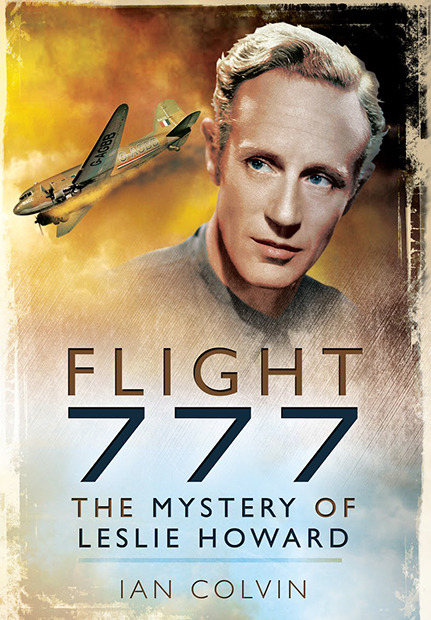
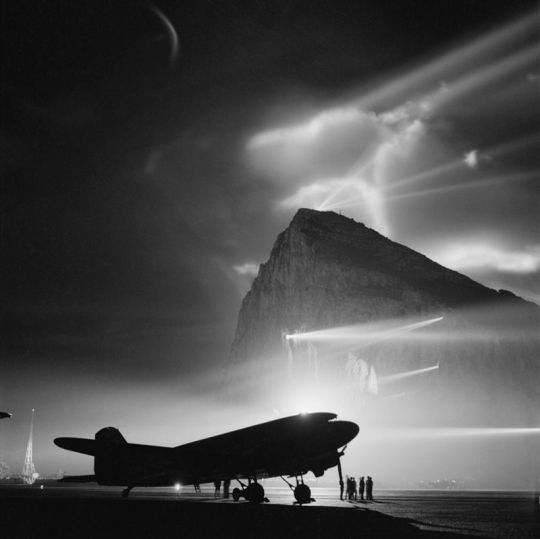
BOAC Flight 777 is shot down over the Bay of Biscay by German Junkers Ju 88s, killing British actor Leslie Howard and leading to speculation that it was actually an attempt to kill British Prime Minister Winston Churchill
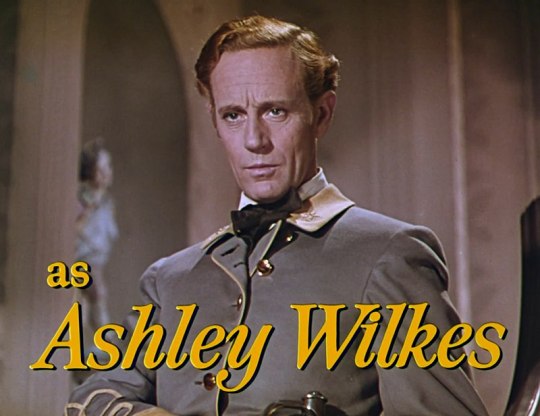
Leslie Howard Steiner (3 April 1893 – 1 June 1943) was an English actor, director and producer.[1] He wrote many stories and articles for The New York Times, The New Yorker, and Vanity Fair and was one of the biggest box-office draws and movie idols of the 1930s.
2 notes
·
View notes
Text

American Liberty ship SS Robert Rowan explodes after being hit by German Junkers Ju 88 bombers off Gela, Sicily, July 11, 1943
23 notes
·
View notes

